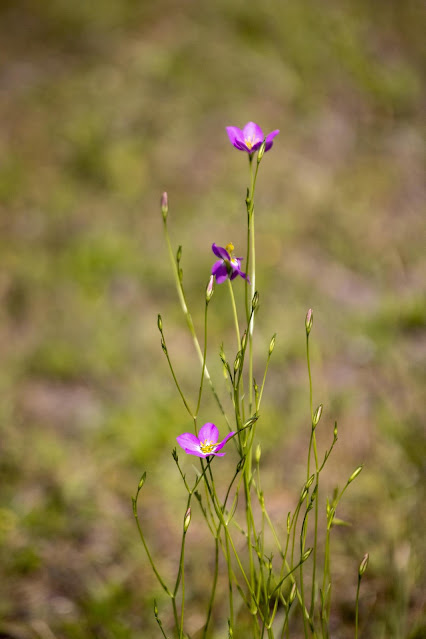Spiral Galaxy NGC 298: Type II Supernova Host | Hubble
Hubble’s Advanced Camera for Surveys captured NGC 298 as part of an investigation into the origins of Type II supernovae. All Type II supernovae are produced by the collapse and subsequent explosion of young, massive stars, but they can produce a spectacular diversity of brightnesses and spectral features.
Image Description: A spiral galaxy. It is tilted diagonally, and slightly towards the viewer, making its core and disc separately visible. Its disc is speckled by small stars, has threads of dark reddish dust and bubbles of bright, glowing gas. The core shines brightly in a warmer colour. Several tiny stars and small galaxies are included in the black background.
Astronomers suspect that the diversity of this cosmic firework show might be due to gas and dust being stripped from the stars that will eventually produce Type II supernovae. Observing the region surrounding supernova explosions can reveal traces of the progenitor star’s history preserved in this lost mass, as well as revealing any companion stars that survived the supernova. Hubble used the brief periods between scheduled observations to explore the aftermath of a number of Type II supernovae, hoping to piece together the relationship between Type II supernovae and the stellar systems which give rise to them.
Credit: European Space Agency (ESA)/Hubble & NASA, C. Kilpatrick
Release Date: May 29, 2023
#NASA #Hubble #Astronomy #Space #Science #Galaxies #NGC298 #Galaxy #TypeIISupernova #Spiral #Cetus #Constellation #Cosmos #Universe #HST #SpaceTelescope #ESA #Europe #GSFC #STScI #UnitedStates #STEM #Education



















%20Bart%20Delsaert.jpg)
.jpg)
.jpg)







